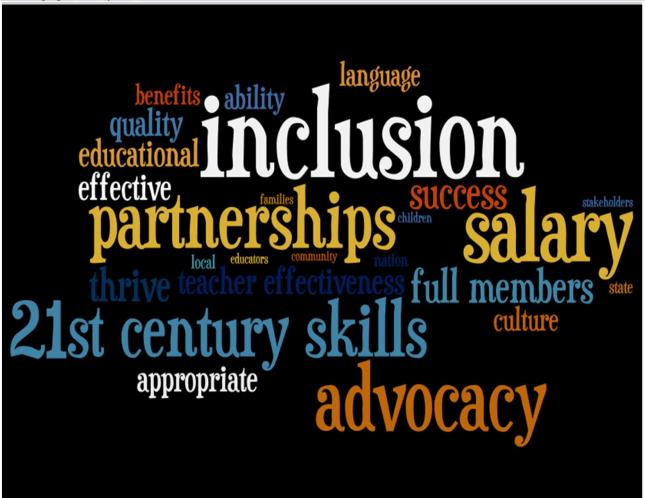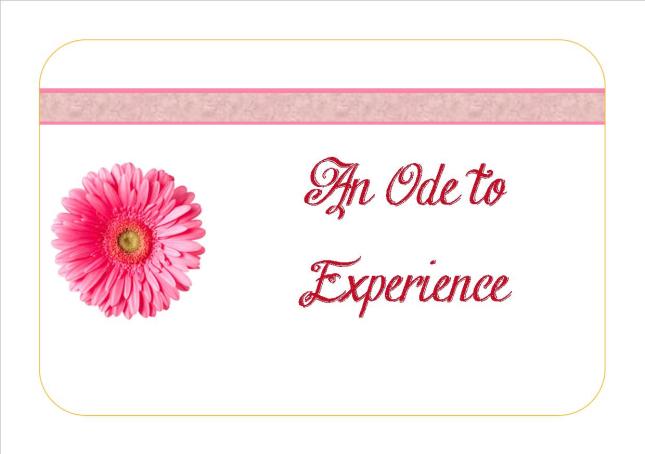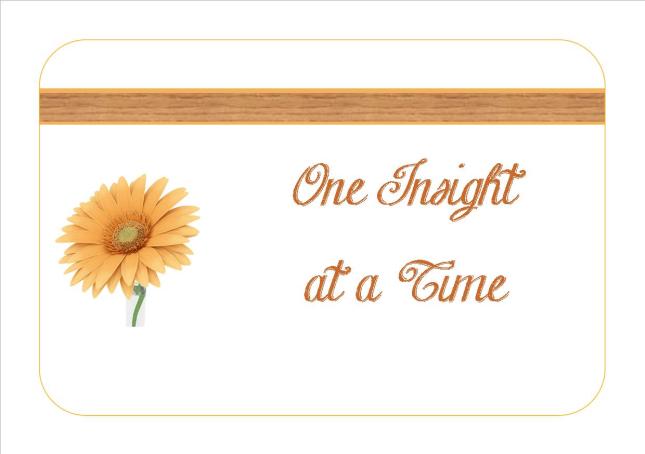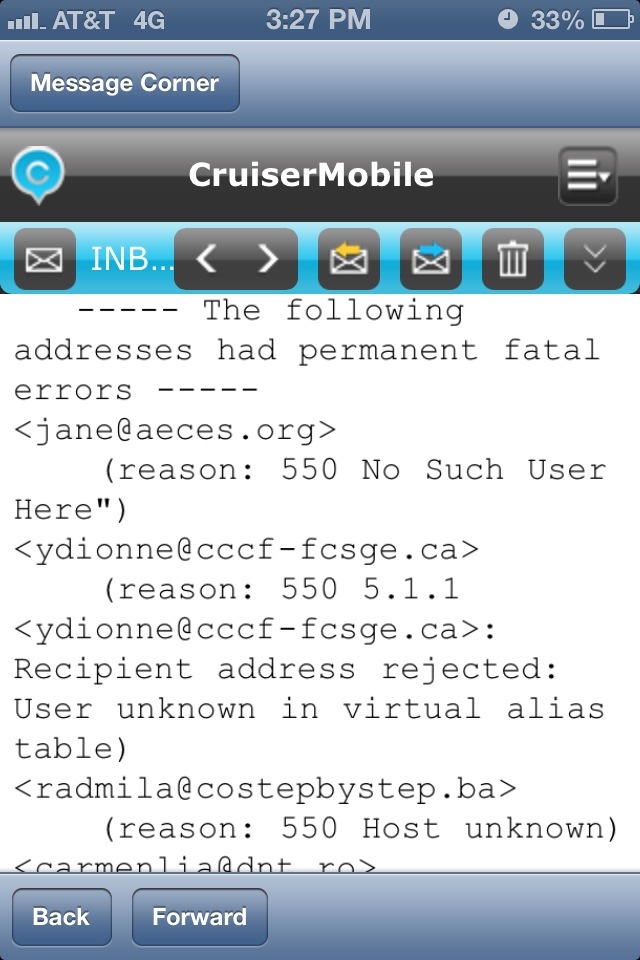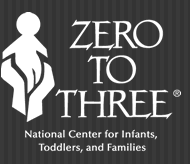 My Journey to a Miracle …
My Journey to a Miracle …
I was almost 42 weeks pregnant, and I desperately wanted to have my child. I had stopped working when I reached my due date, which was about two weeks prior. I spent my days lying around, feeling contractions, and waiting, waiting, waiting for my precious baby boy to arrive into the world.
Friday afternoon, October 23, rolled around. As I got up from my routine afternoon nap, I had to go to the bathroom. When I had finished, I realized that I was still “leaking.” This was finally it! I called my midwife and informed her that my water was starting to break. There was no immediate rush, as my contractions hadn’t begun yet. I leisurely took my time getting ready to go to the hospital. My mother arrived home from work around 5, and my family sat down to eat dinner. Feeling no rush, just a trickle of water every now and then, I enjoyed my last meal before I became a mother.
We finally got to the hospital around 6:30 that evening. I was checked into triage, and it was confirmed that my membranes had indeed ruptured. Everything with the baby checked out fine, and it was now time to walk, walk, walk until the contractions began. My mother, who was my birth coach, walked up and down the halls for hours, with a periodic check from the doctor. Nothing was moving or happening. The only thing to do was wait until my little boy decided he was ready to arrive.
 Around midnight, I decided to try to get some sleep. Contractions hadn’t started yet, so I figured I would attempt to catch my sleep before his big arrival soon. At 2 AM, I felt a sudden sharp pain that startled me from sleep. Contractions were starting. I breathed through my first one, which lasted about 45 seconds. I didn’t think they were so bad. I was certain that I could carry out my birth plan to remain drug free.
Around midnight, I decided to try to get some sleep. Contractions hadn’t started yet, so I figured I would attempt to catch my sleep before his big arrival soon. At 2 AM, I felt a sudden sharp pain that startled me from sleep. Contractions were starting. I breathed through my first one, which lasted about 45 seconds. I didn’t think they were so bad. I was certain that I could carry out my birth plan to remain drug free.
By 5:45 that morning, my contractions were steady and strong every 2-3 minutes. As much I as tried to stay away from any medications, the pain was becoming overbearing. I was given an epidural shortly before 6 in the morning. Afterwards, I was much more comfortable and was able to rest. By midmorning, I was 6 centimeters dilated and moving steadily along. I was happy and merry, as I couldn’t feel anything below my waist. I would be told a contraction was coming or going, but my body felt nothing.
Around 1 PM, I was fully dilated. It was time to start pushing! I was so excited to meet this little boy I had been carrying for nearly 10 months. Pushing started out easily. Although I couldn’t feel anything, I would push on cue with all my might. By 4:30, the concern was starting to grow that my son wasn’t moving easily through the birthing canal. My epidural was reduced, and I was put on Pitocin to increase my contractions. Different positions were attempted to help ease my son out, but he remained stuck.
At 5:30 PM, 4 ½ hours after I started pushing and over 24 hours since my water broke, the concern was written all over everyone’s face. My unborn child was stuck on my pelvic bone and wouldn’t budge no matter how hard I tried. My epidural had since been stopped, so the pain was wrenching through my body. I was begging anyone who would listen to help get my child out.
A doctor who was on-called emerged into my birthing room and reviewed my case. While forceps were briefly mentioned, a C-section was the ultimate route decided. I was rushed into the operating room around 6 PM Saturday night. An epidural was re-administered, and I was prepped for surgery.
At 6:32 PM, my son, Ephraim Emmanuel, entered into this world. Unfortunately, due to the intense, lengthy birthing process, he was born not breathing and with no heartbeat. After he was giving 2-3 minutes of CPR, he came back to  life. He was quickly put on a ventilator and moved to the NICU. My little miracle continued his fight for the next month in NICU. However, nearly a month after he was born, my Ephraim was able to come home.
life. He was quickly put on a ventilator and moved to the NICU. My little miracle continued his fight for the next month in NICU. However, nearly a month after he was born, my Ephraim was able to come home.
Although my birthing experience was dramatic, I consider myself extremely blessed to have taken this journey that led me to a true miracle, my little Ephraim.
I chose to share this story because it is my direct, personal experience with a birth. Prior to giving birth, I read about birthing experiences and watched numerous TV shows. However, once I personally went through it, I was able to put my story into words. In addition, I like to share my story so others know that they are not alone. There were so many times when I felt like I was the only one who went through an experience like mine. However, if I can share my story and let others know that someone else understands what they are feeling, then perhaps I can make a difference. Finally, I chose to share this story because I love to show people what a true miracle looks like almost 3 years later:

When it comes birth and its impact on child development, I can personally say that the birth experience, whether it is positive or negative, highly impacts how a child will develop. With a positive birth, where a child emerges healthy and happy, her/her development is off to a good start. However, when a negative birth experience occurs, like my son’s, his development has been severely impacted. He currently suffers from brain damage on the right, left, and middle. He struggles with developmental delays and learning how to eat and speak. All of his current developmental progress can be tracked directly to his birth experience. In addition, if a child is born addicted to drugs, his/her development may have already been negatively affected. I believe, based upon personal and professional experience, a child’s birth experience may significantly impact his lifelong development.

In Germany, they believe that midwives are very important, while doctors are optional. This is similar to my story, as I had a midwife present at my delivery. However, a doctor was also there at the end of my delivery to help provide additional assistance when my son ran into troubles. Germany also places a large significance on the birthing process and sometimes views a C-Section as a failure. This is a difference with my personal experience. While I was focusing on delivering my son, I was more intently focused on actually seeing my child. When I had to have a C-Section, I didn’t see it as a failure, but rather a life-saving effort that saved my son. While Germany may see this as a failure, I see my C-Section as a success.
One of main differences between my personal birth experience and Germany birth customs is the length in maternity leave. In the US, women are given between 6-8 weeks after giving birth. This is unpaid leave, and if any additional time is needed, a job may not necessarily be saved. For me, I had to return to work about 8 weeks after my son was born. While I was still struggling with health issues and learning how to handle a son with special needs, I was forced to return to work, or my job would be given to someone else. I often wonder if I had been given a lengthy amount of maternity leave, as they do in Germany, if my health issues would be better today and if my son would have gotten even better care from the doctors.
Another small difference is that I had the freedom to choose the unique name of Ephraim for my son. If I had been living in Germany, I would have had to write to the government to get an approval for his name. I am very glad that in the US we have the ability to name our child anything we would like (well, to an extent).
After comparing my personal birth experience and the Germany birth customs, I have gained a few insights. While midwives are important in the birthing process, doctors are just as equally important. They bring a certain level of expertise and knowledge that can help save both the mother’s and child’s life if dangerous situations emerge. If both a midwife and a doctor are present at a birth, I believe that unborn babies in distress can be helped quicker, which could prevent a negative development growth.
In addition, I also gained an insight about the importance of maternity leave. Germany provides up to 3 years with job security. If women were able to relax and know that their job is secure, they will be able to focus on their newborn. If we were to increase parent bonding and interaction with newborns and children, I believe that their developmental growth will be positively impacted.
